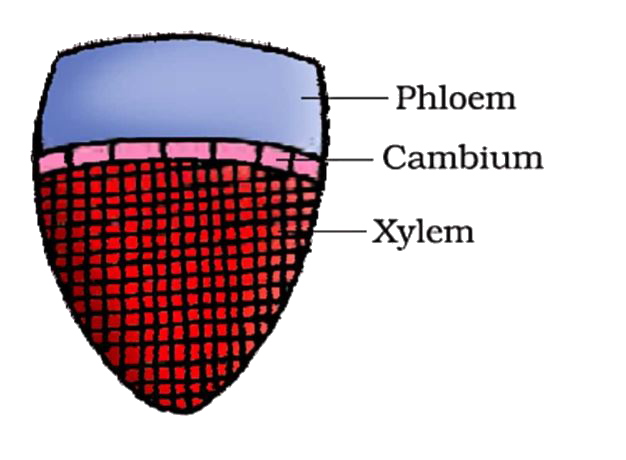Which of the following kinds of catalysis can be explained by the adsorption theory?
A
Homogeneous catalysis
B
Heterogeneous catalysis
C
Negative catalysis
D
Autocatalysis
Video Solution
Text Solution
The correct Answer is:B
|
Answer
Step by step video, text & image solution for Which of the following kinds of catalysis can be explained by the adsorption theory? by Chemistry experts to help you in doubts & scoring excellent marks in Class 12 exams.
Updated on:21/07/2023Topper's Solved these Questions
- SURFACE CHEMISTRYBOOK - NCERT FINGERTPS ENGLISHCHAPTER - SURFACE CHEMISTRYEXERCISE - HOTS
7 Videos
- SURFACE CHEMISTRYBOOK - NCERT FINGERTPS ENGLISHCHAPTER - SURFACE CHEMISTRYEXERCISE - NCERT EXEMPLAR PROBLEMS
25 Videos
- SOLUTIONS BOOK - NCERT FINGERTPS ENGLISHCHAPTER - SOLUTIONS EXERCISE - Assertion And Reason
15 Videos
- THE D- AND F- BLOCK ELEMENTS BOOK - NCERT FINGERTPS ENGLISHCHAPTER - THE D- AND F- BLOCK ELEMENTS EXERCISE - Assertion And Reason
15 Videos
Similar Questions
Knowledge Check
Which one of the following is not applicable to the phenomenon of adsorption?
AΔH>0BΔG>0CΔS<0DΔH<0Which of the following is not favourable condition for physical adsorption ?
AHigh pressureBnegative ΔHChigher critical temperature of adsorbateDhigh temperatureWhich of the following is not correct for enzyme catalysis?
AThe enzyme activity is maximum at optimum pH which is between 5-7BEach enzyme is specific for a given reaction.CThe favourable temperature range of enzyme activity is between 50−60∘C .DThe enzymatic activity is increased in presence of certain substances called co-enzymes.
Which of the following can not be explained on the basis of polarisation :-
View SolutionWhich of the following is not an application of adsorption?
View SolutionWhich one of the following is not applicable to the phenomenon of adsorption?
View Solution
In which of the following, this kind of vascular bundle can be seen ?
View SolutionWhich of the following is not an example of homogeneous catalysis?
View Solution
